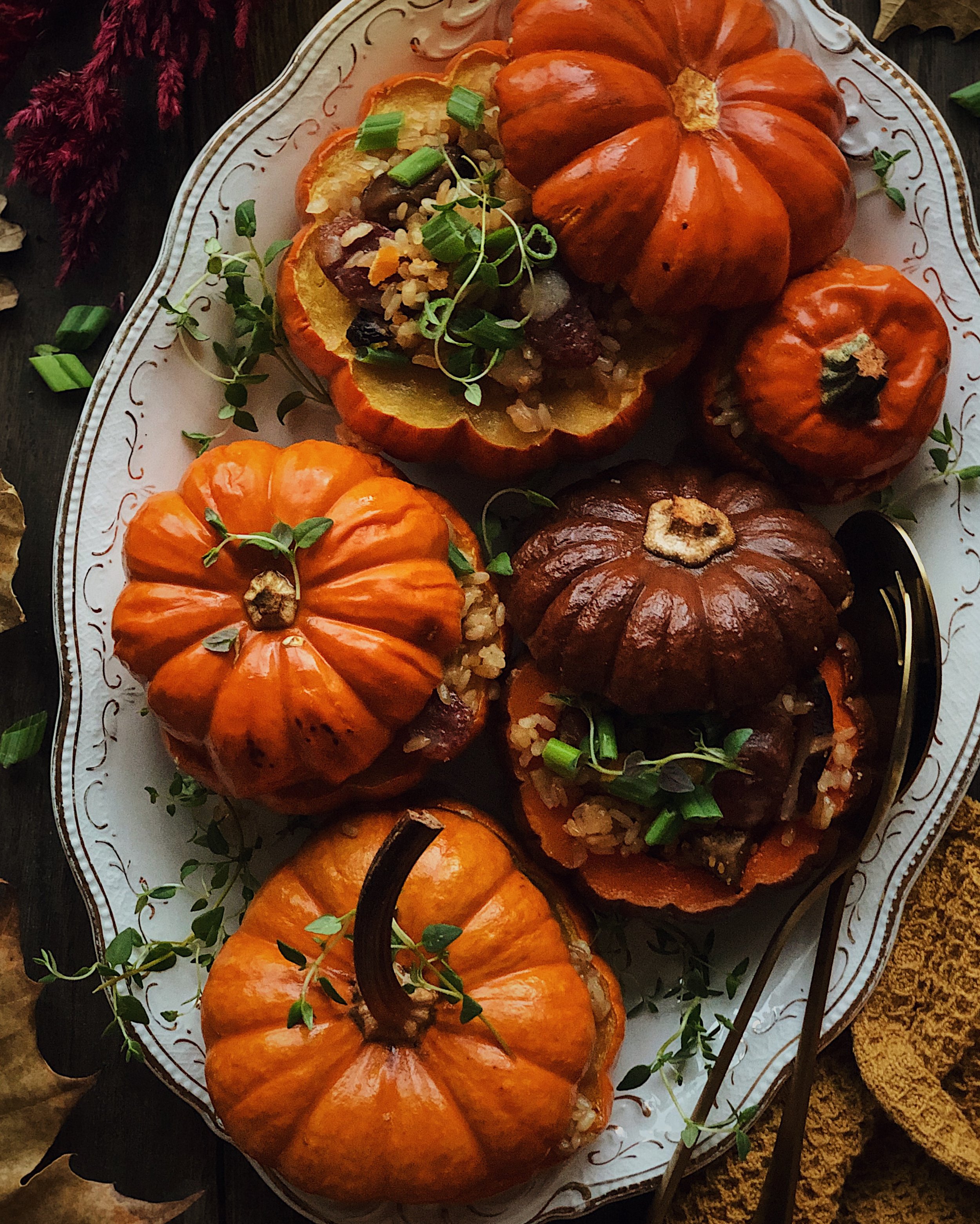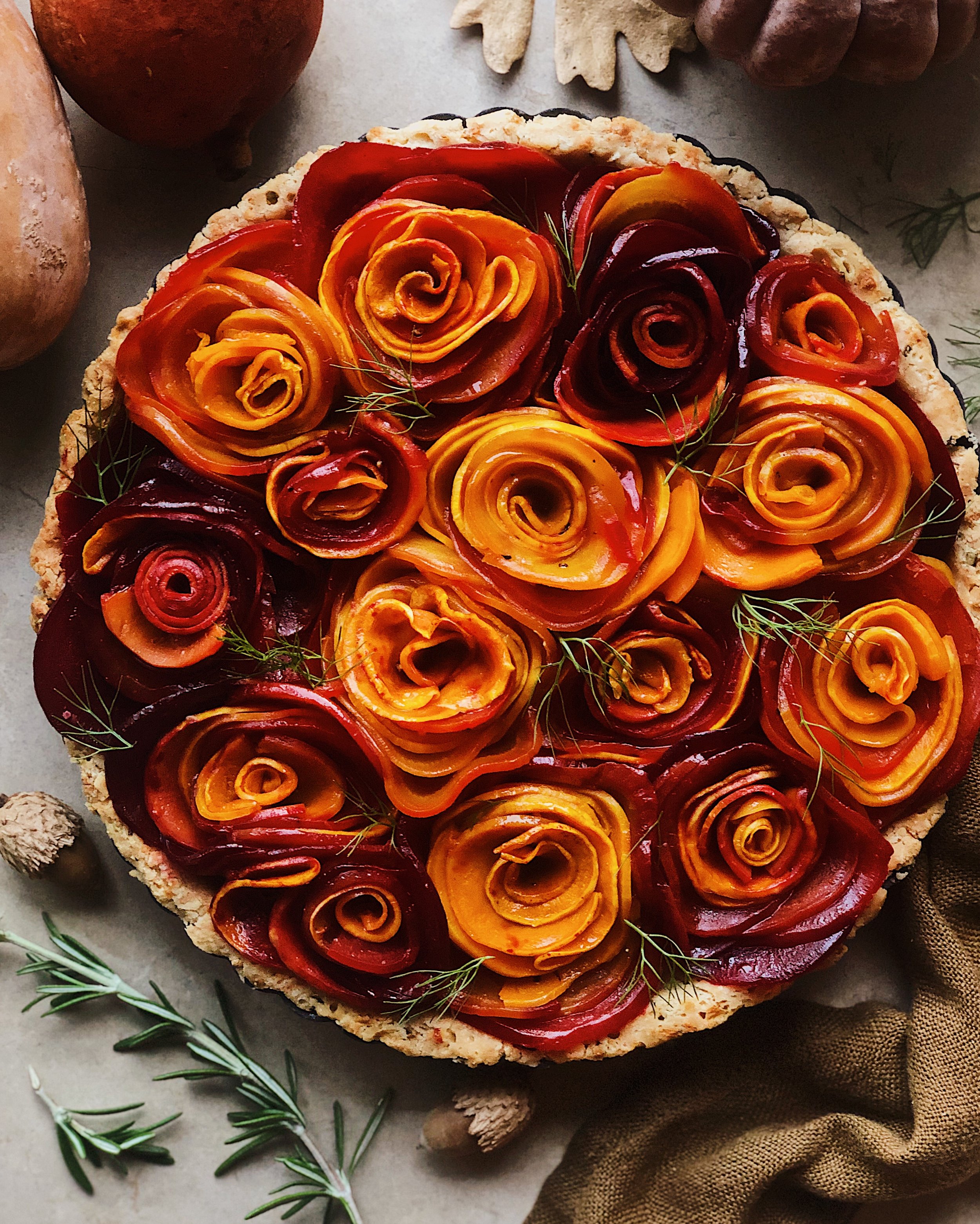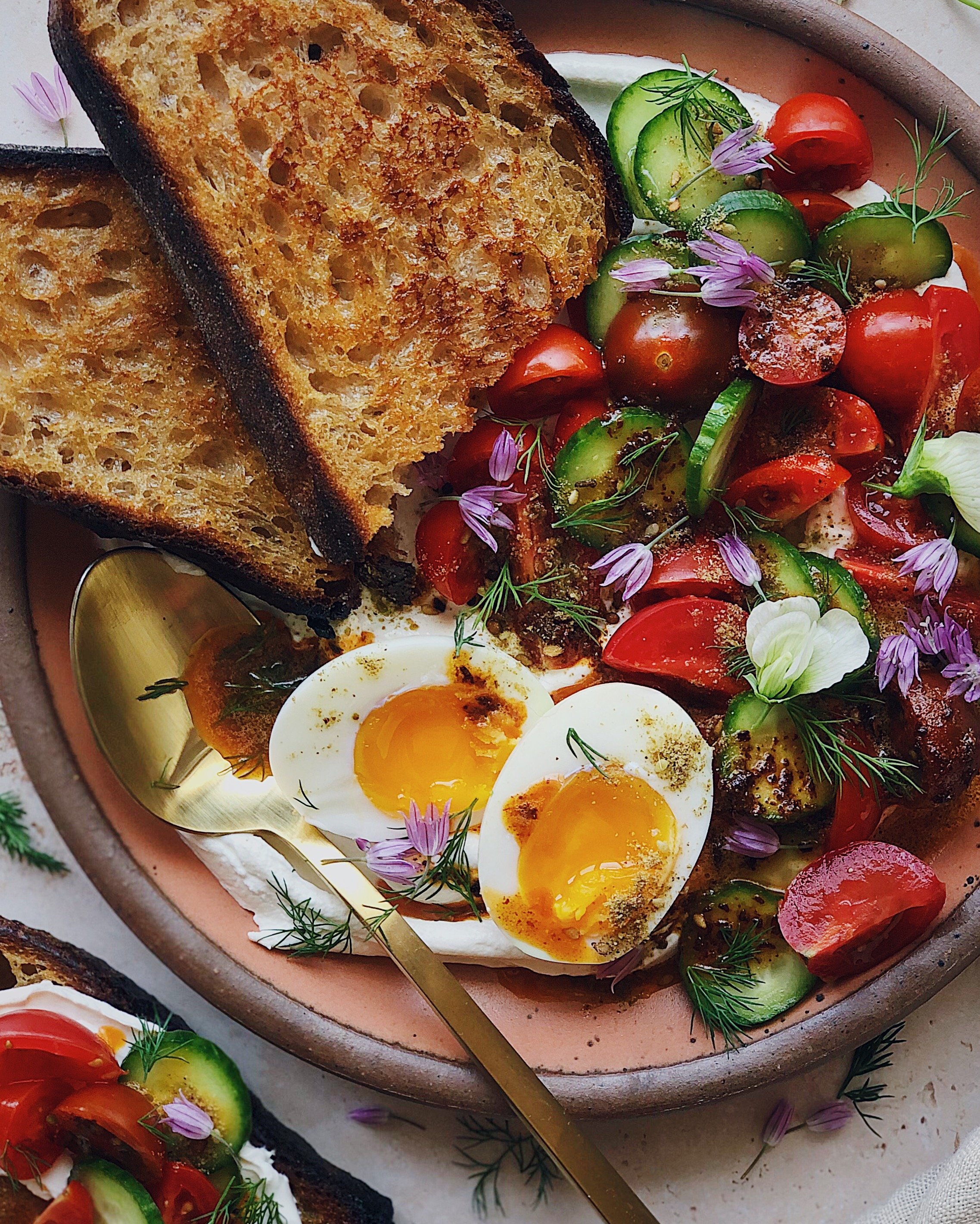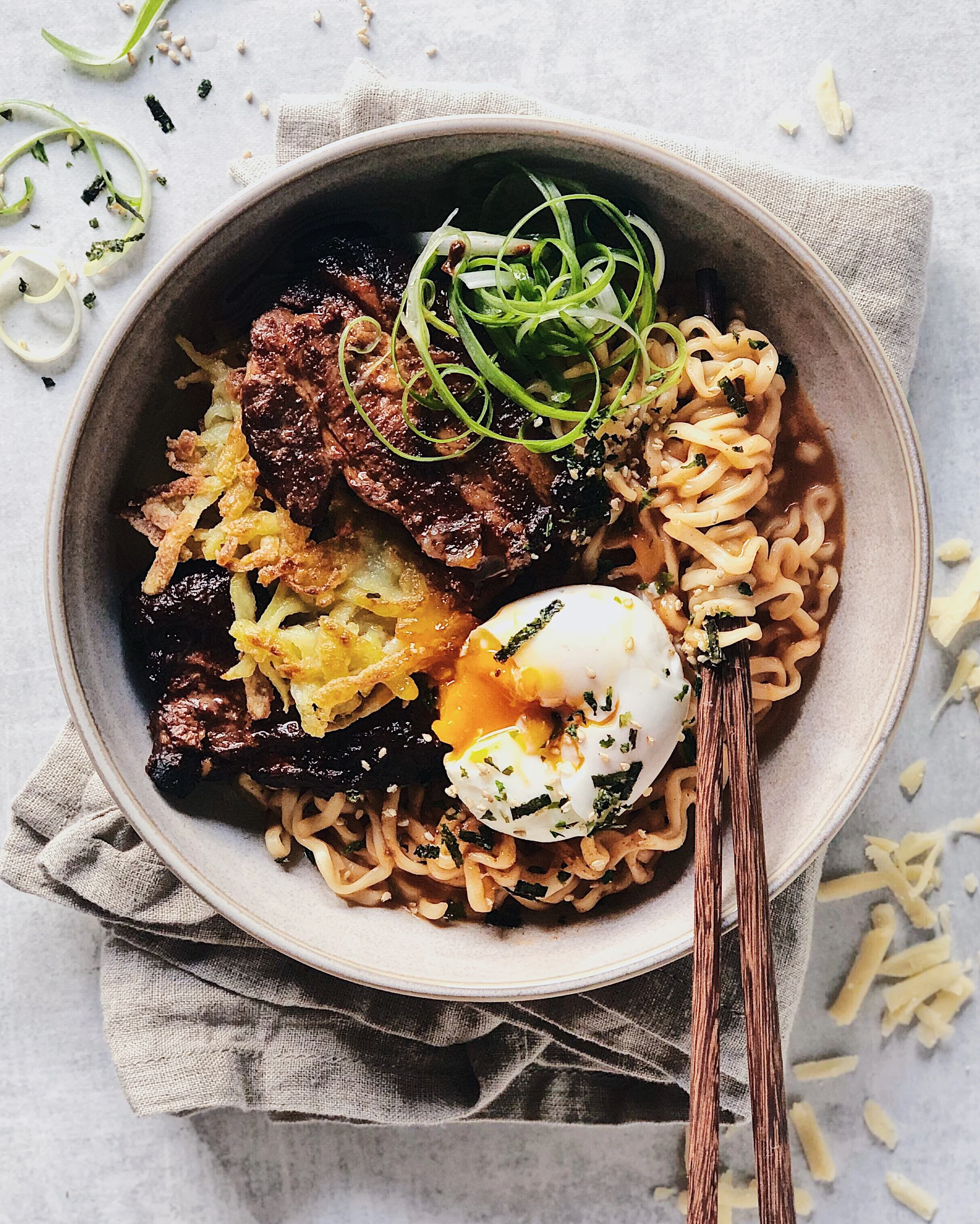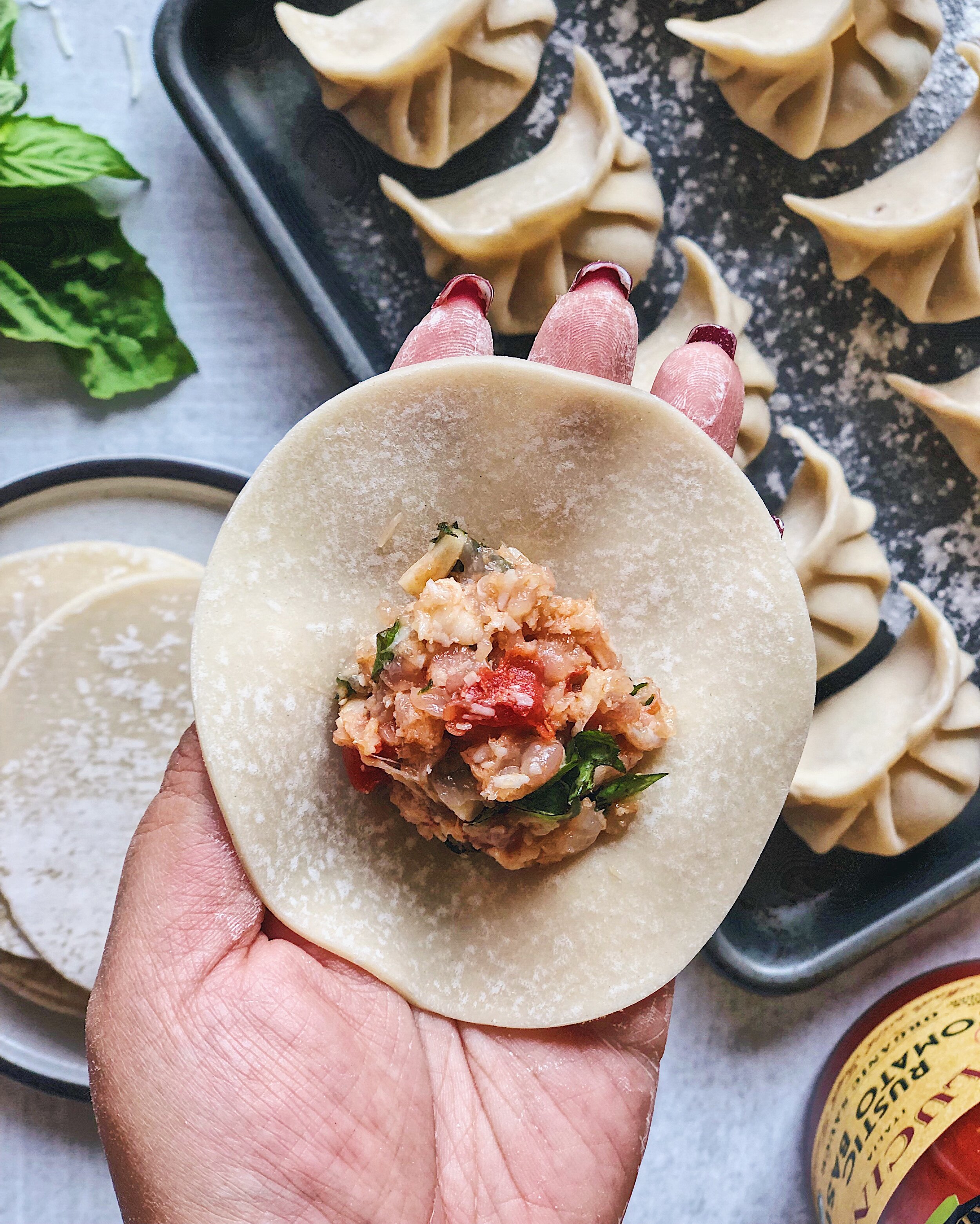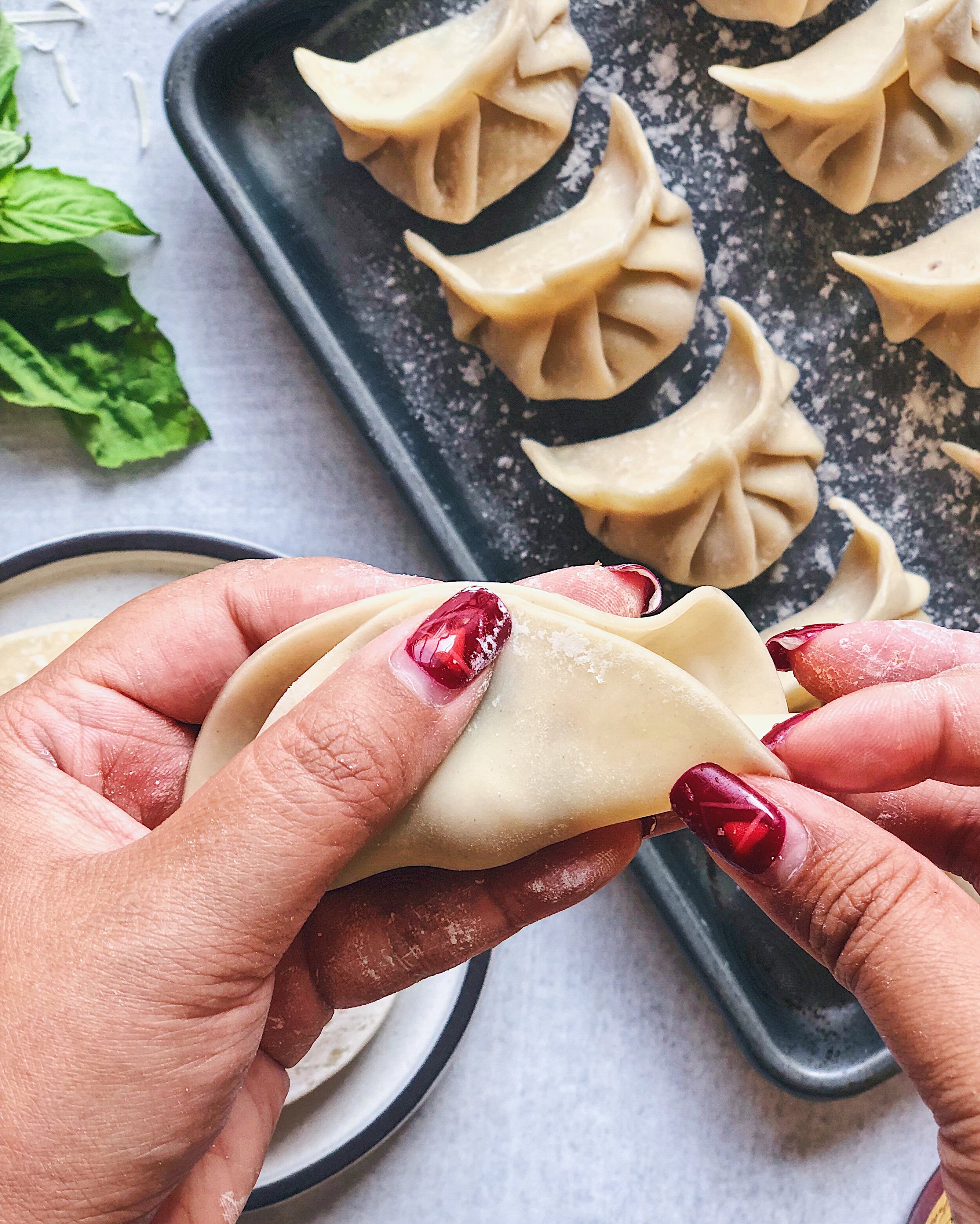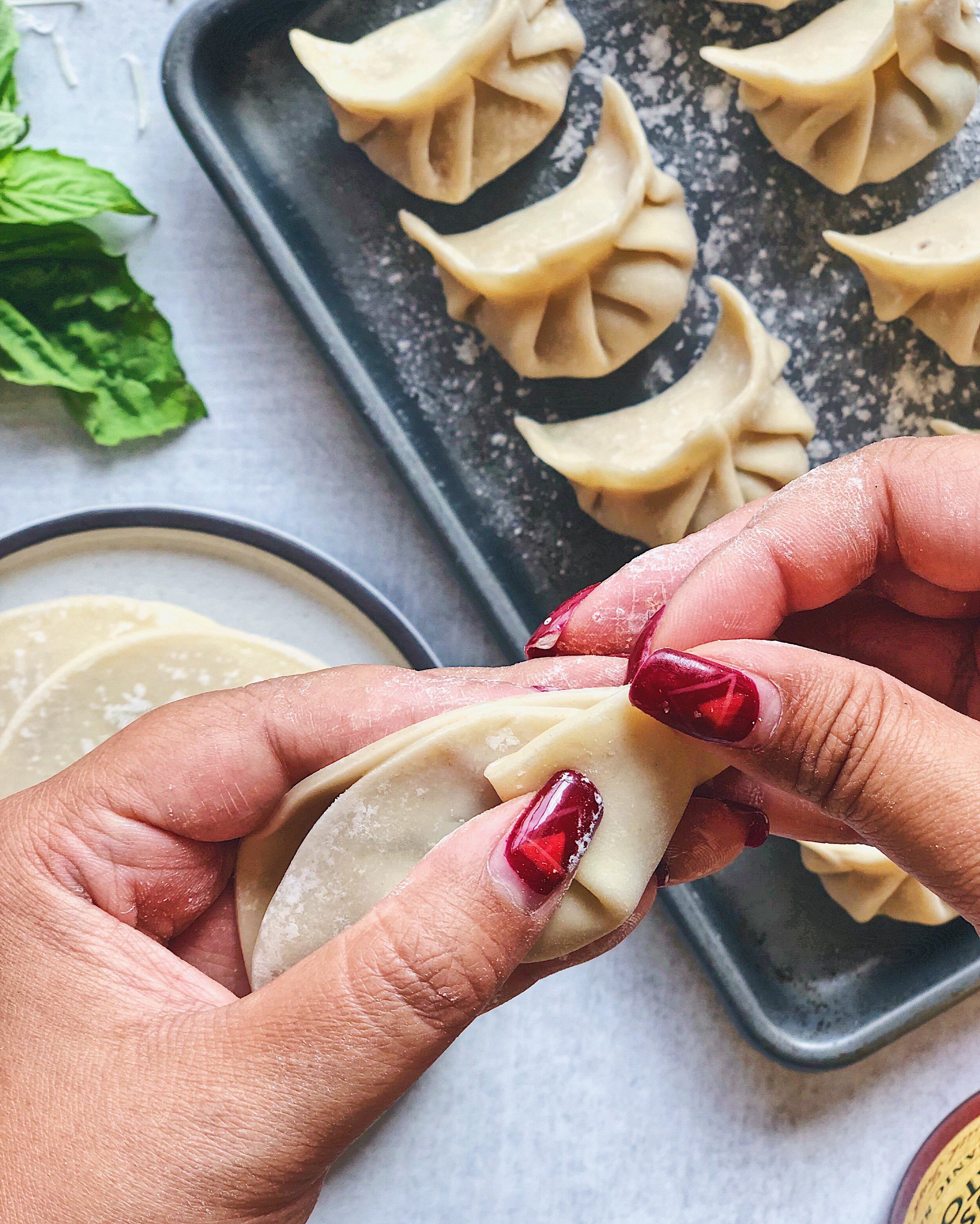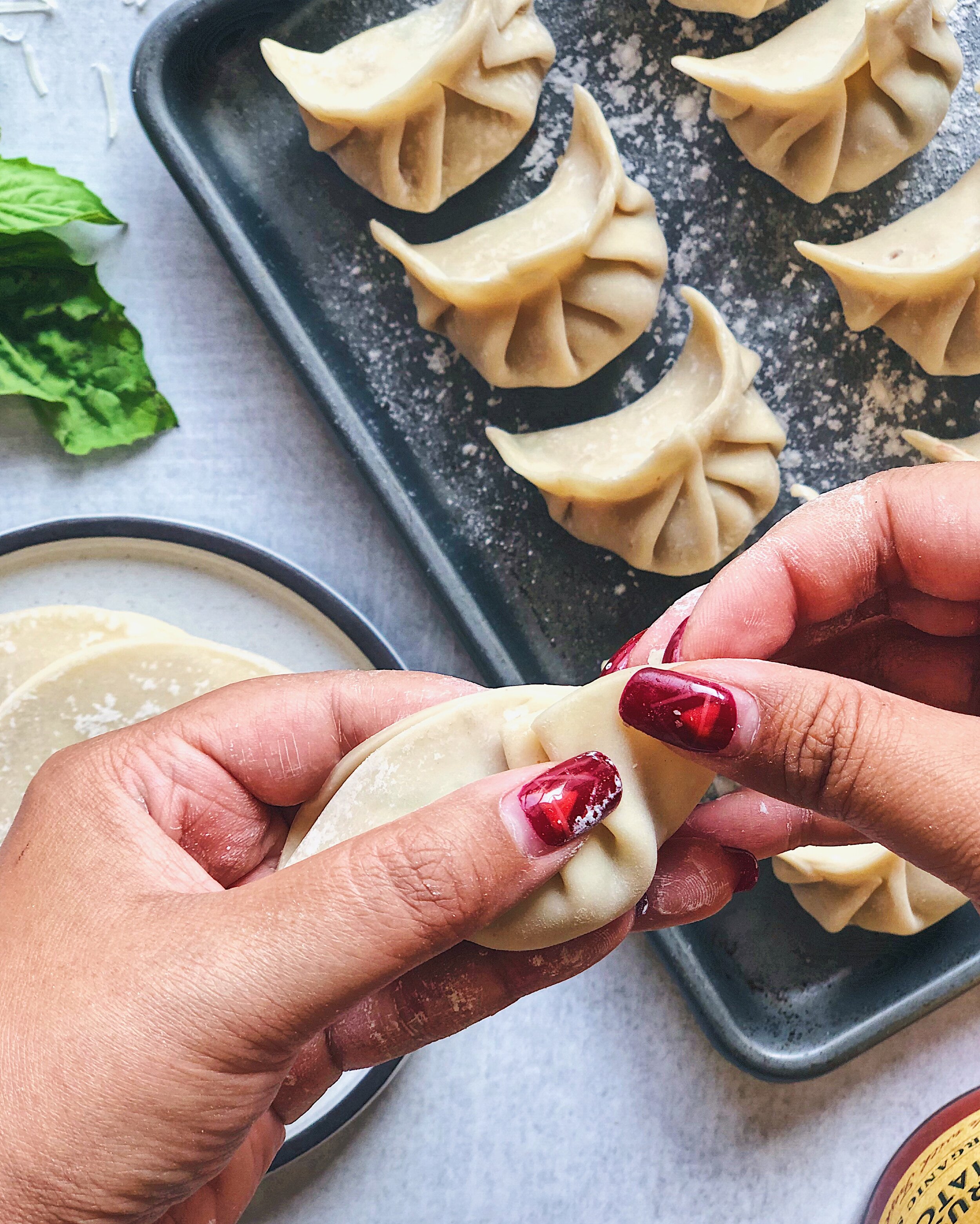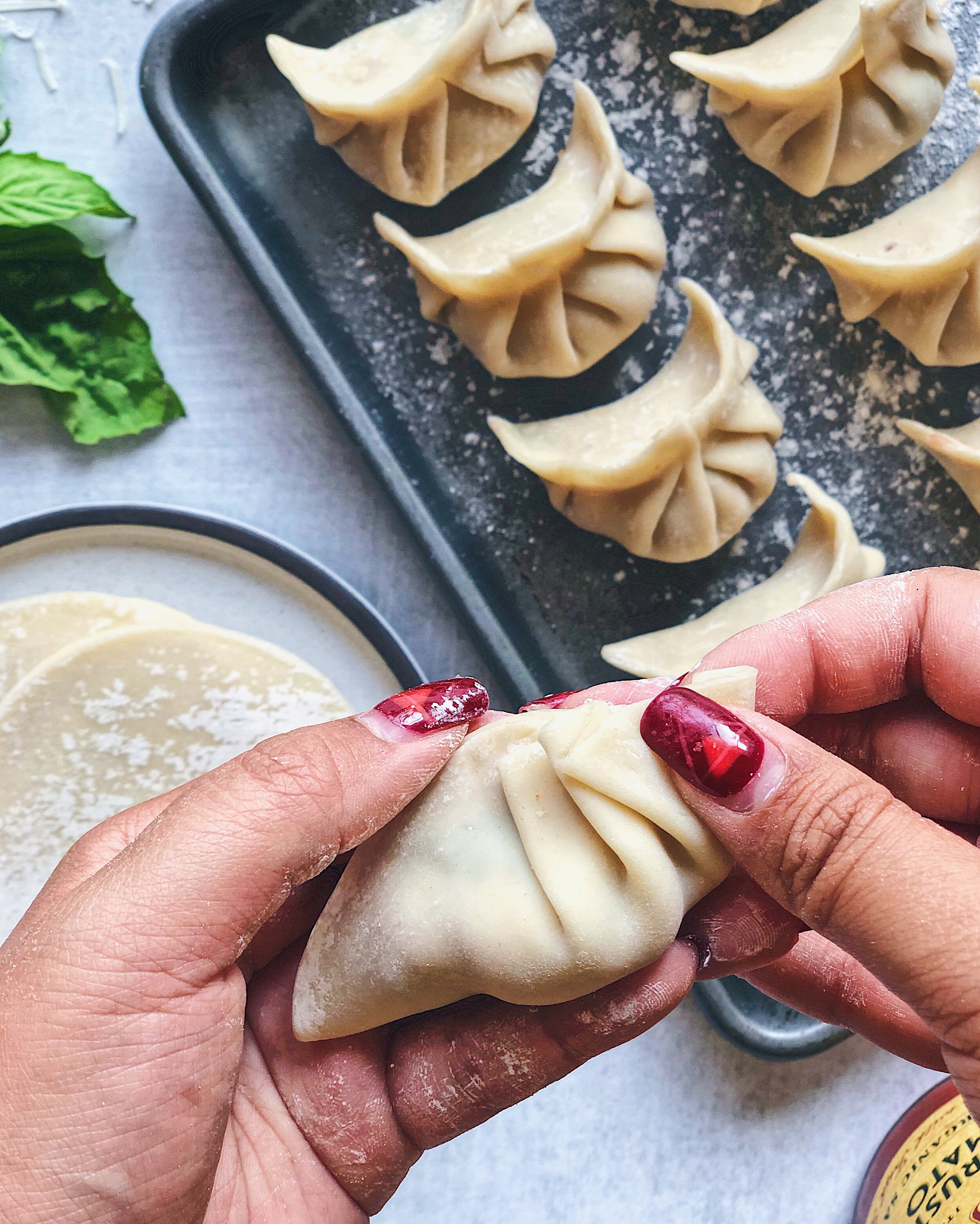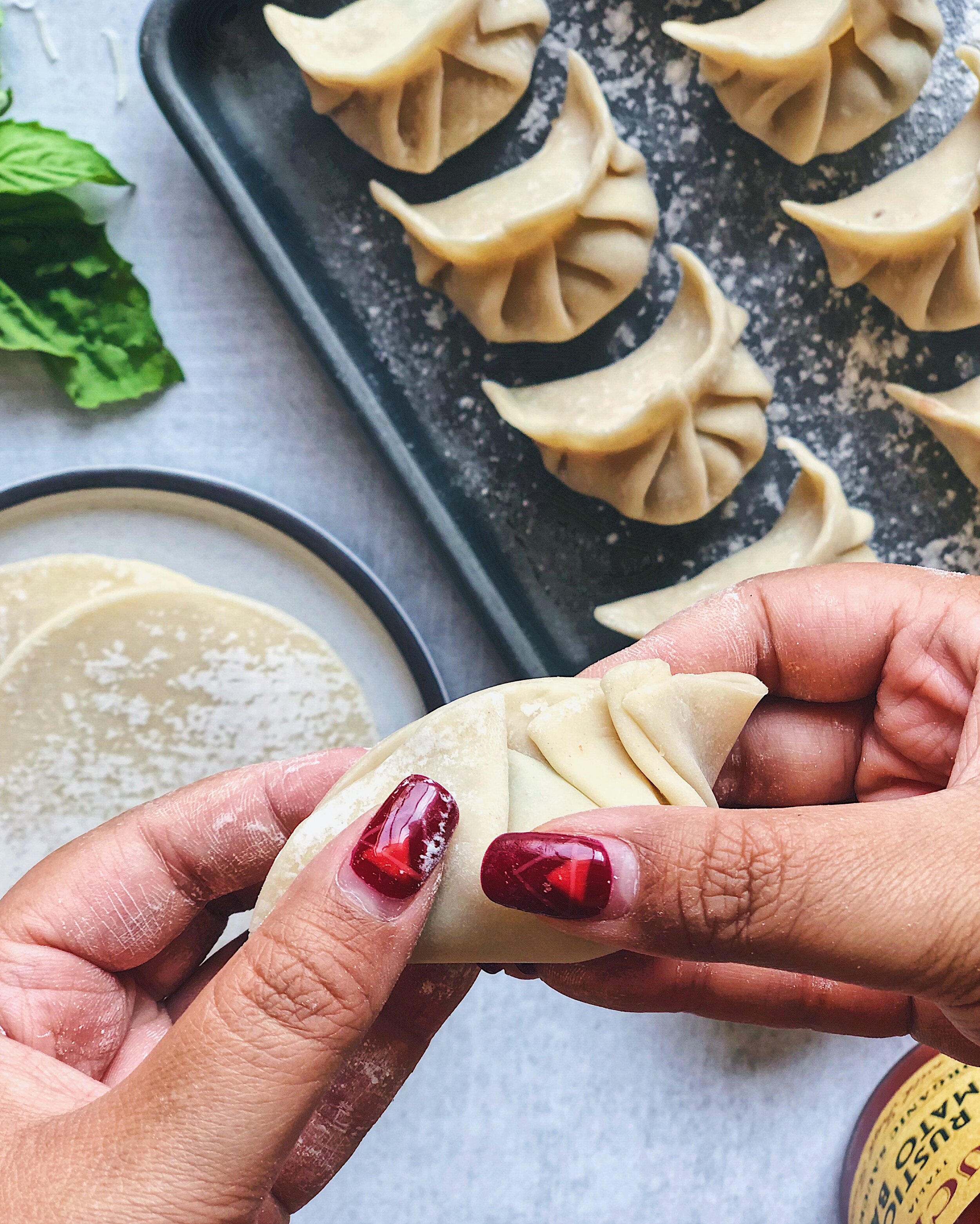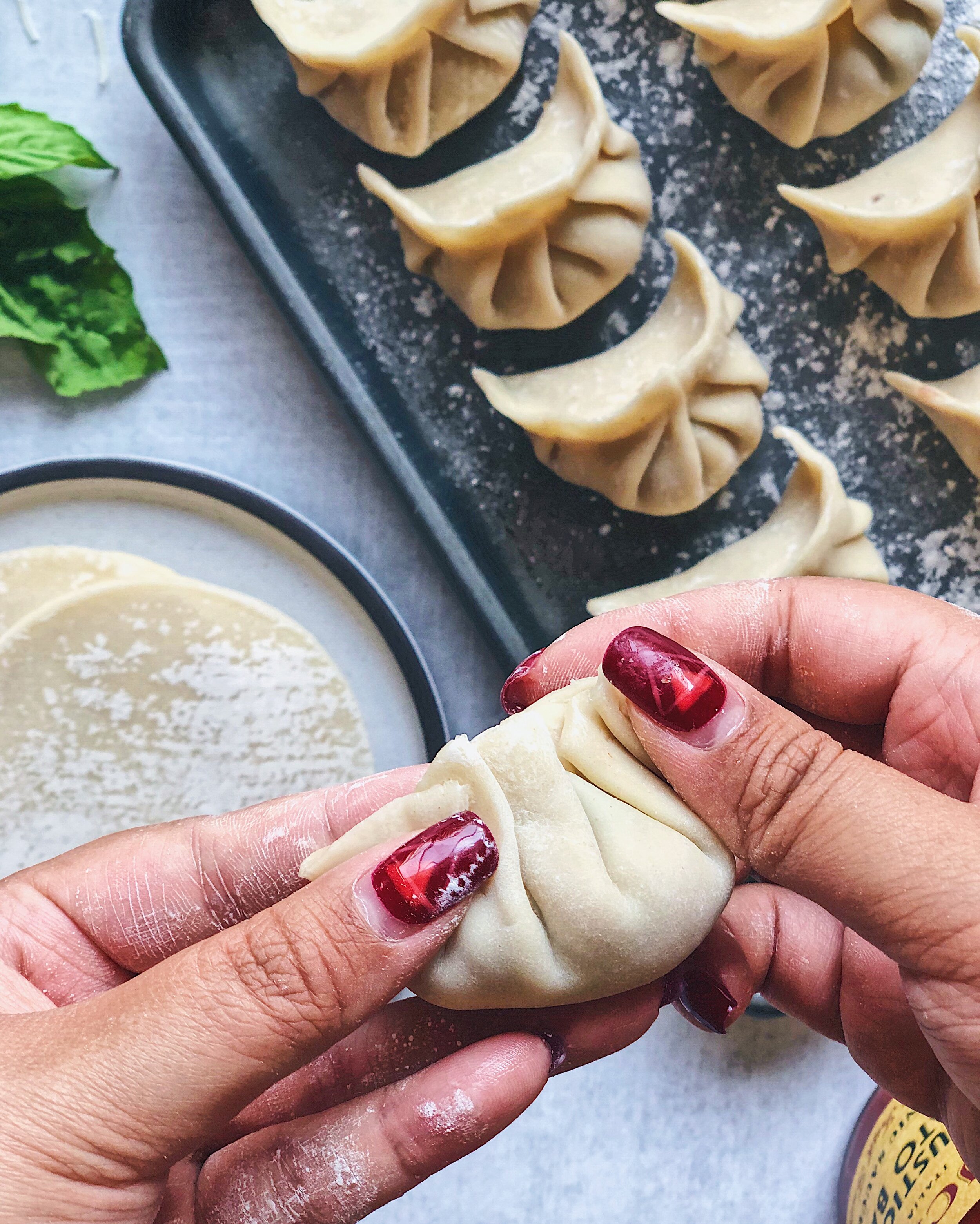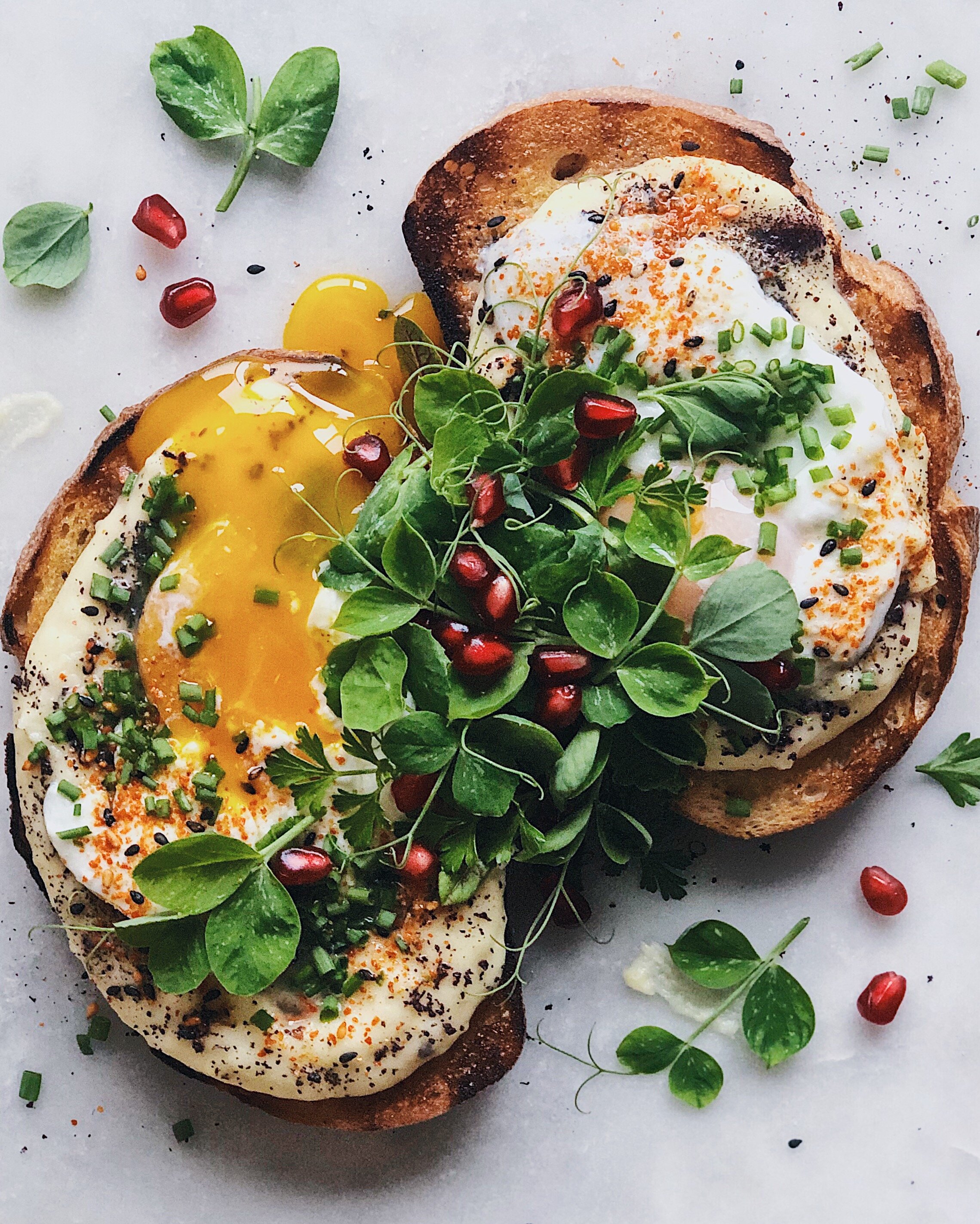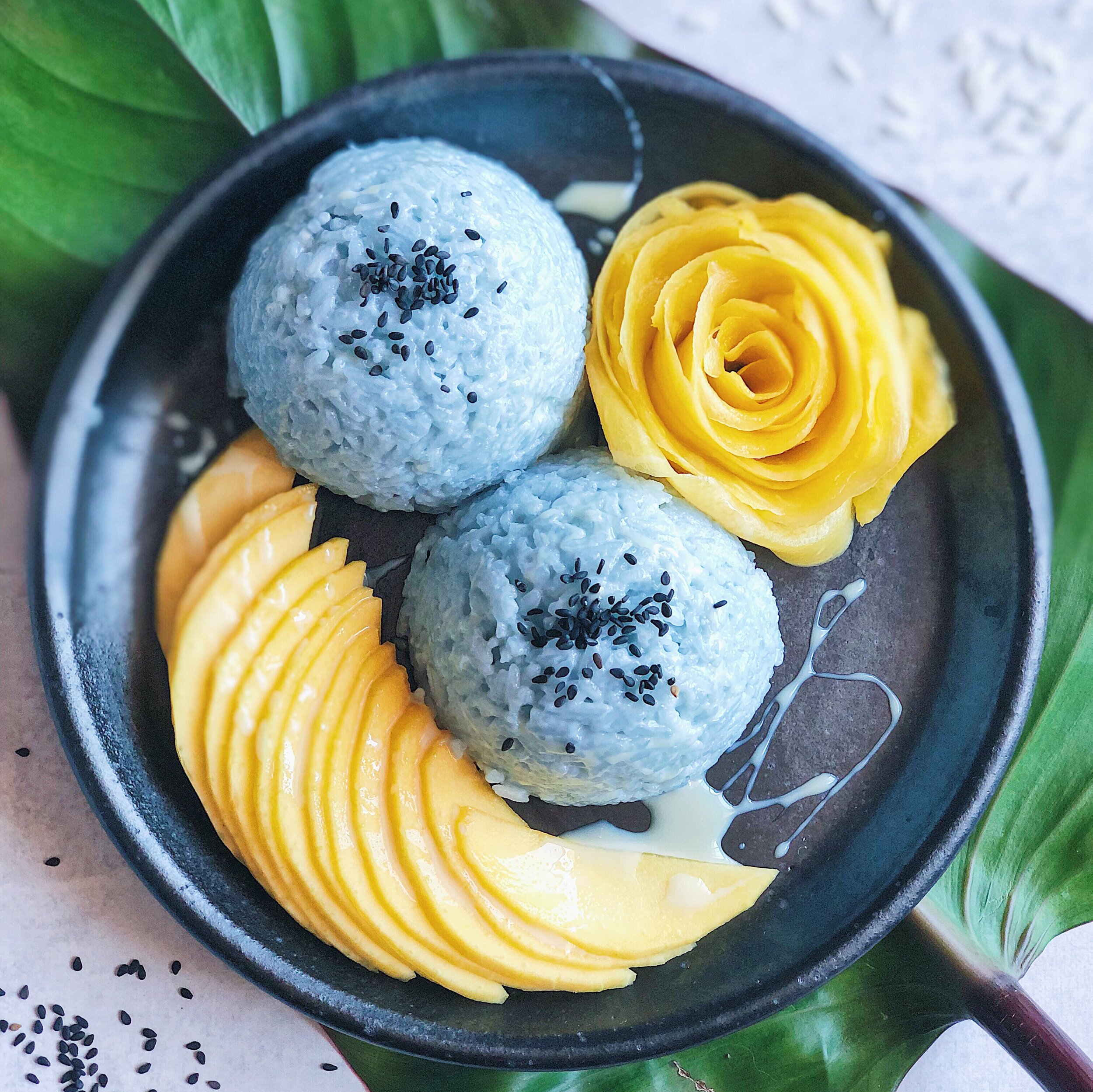Recipe: Crunchy Spring Salad with Sesame Vinaigrette
/I partnered with Bibigo USA to develop a spring salad recipe that is both pretty and fun to eat. Bibigo Chicken & Vegetable Mini Wontons are an exciting alternative to salad croutons, with the benefit of added protein. Also, aren’t they freakin’ cute? Here, they are combined with spring peas and other crunchy veggies that hold up well against the heat from the wontons.
As someone who has unintentionally invested a lot of time already into developing good kitchen instincts, salad recipes always seemed a little silly to me. There is no wrong way to make a salad as long as you are making one that suits your personal tastes and, if you are eating salads for health, fulfills your goals. If you are like me and already comfortable with figuring such things out, I think salad recipes are much more for purposes of presentation instructions, serving as help and inspiration for how to dish out a salad in a way that puts the beauty of fresh produce in full display, perhaps in a way you wouldn’t have thought of on your own. Considering that when I was a little kid, I would love to go to salad buffet style restaurants and make my signature “salad” of peas, bacon bits, and a pool of ranch dressing, I would say I have come a long way on that front. I hope you think so, too.
How to Make Crunchy Spring Salad with Sesame Vinaigrette
Ingredients For the dressing
4 tsp tahini
4 tsp apple cider vinegar
2 tsp honey
2 tbsp olive oil
salt to taste
Ingredients for the Salad
15–20 Bibigo Chicken & Vegetable Mini Wontons
1 cup snap peas
1 cup pea shoots
3 stalks celery, leaves included
2–3 radishes
1 zucchini
4–6 chives
Procedure
Prep the vegetables: Cut the snap peas in half, lengthwise. Separate the celery leaves from the stalks and set aside, then finely slice the celery stalks at an angle. Using a vegetable peeler, shave zucchini into thin ribbons. Finely slice the radishes (I used a mandoline for this). Divide cut vegetables, celery leaves, and pea shoots into two bowls. Finely chop the chives and set aside.
Pan-fry Bibigo Chicken & Vegetable Mini Wontons according to package directions.
Whisk together dressing ingredients.
Top the vegetables with heated wontons and chives. Serve with dressing on the side.
Thank you so much to Bibigo USA for sponsoring this recipe! For more recipe ideas and to learn more about their products, visit their website!









